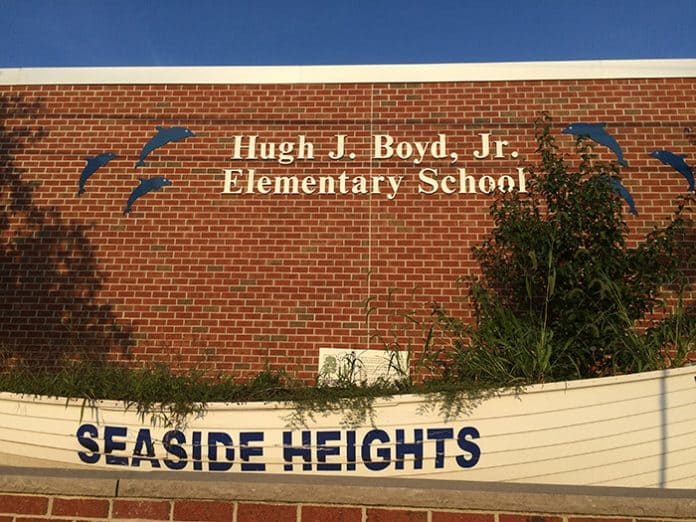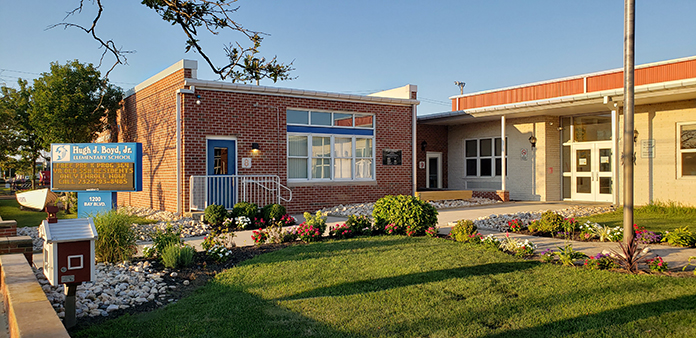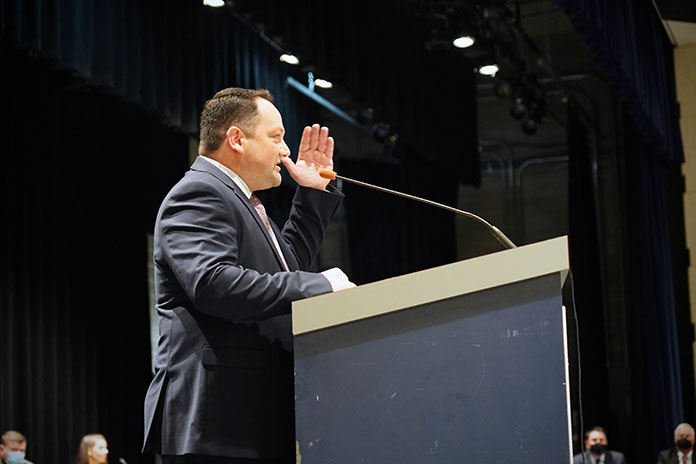
TOMS RIVER – Voters in Seaside Heights declined to join the Toms River Regional School District during a special election. Seaside voters shot it down 231 to 167.
If it had passed in all towns, Seaside still would have had its own school, the Hugh J. Boyd elementary school, but it would have had the Toms River Regional administration and curriculum.
This is a financial blow to the regional district which has been saddled with millions of dollars in state funding cuts over the course of several years.
If Seaside had joined, it would have created a funding stream in property taxes coming from that town. It also would have made the district able to apply for an additional funding source available only to certain districts that have five towns. The district would also begin the process toward universal pre-kindergarten, which would have opened up additional funding.

“We have to continue to work with the DOE to either restore funding or receive a loan” or some other option, Superintendent Michael Citta said. “We’re still $26.5 million short of what is required for a thorough and efficient education.”
“Thorough and efficient” or “T&E” is a term from the State describing what needs to be provided in schools.
Jackson schools recently got a state loan, but it came at a cost. The state required a fiscal monitor to make sure that their money was spent wisely. However, Jackson was forced to pay the monitor’s six-figure salary. The monitor said publicly that Jackson’s financial woes was entirely caused by the state – the same funding formula that has led to Toms River’s issues.
Acting DOE Commissioner Kevin Dehmer recently stated that loans will not be granted for the 2024-2025 school year.
If that’s the case, and a loan is not an option, the district will need to continue to petition the DOE for relief in another way, Citta said.
“Legally, I cannot sign a budget that doesn’t have T&E,” he said. “There’s nothing I can cut.”
The other towns in the district – Toms River, Pine Beach, Beachwood, and South Toms River – were largely in favor of Seaside joining. The total count of these four towns was 7,145 for the merger and 1,070 against.
These are all unofficial tallies until the county certifies the election.
“People in Toms River understood it and showed up,” Citta said.
Seaside residents have spoken out at meetings and online against joining the district. They liked the home rule, low class sizes, and small town feel of having their own school. Residents have said that the staff know each child in the school – something that might not happen when the kids go to larger schools and join the mix.

“That feeling of a community school was enough for them to say ‘no’ and I respect that,” Citta said, “but they are missing out on the continuity of education” and other aspects that Toms River could bring to them. Not the least of which is stability, since it is unknown if Seaside officials will close Boyd down.
This vote came about because the state had once aided Seaside which was rebuilding after Superstorm Sandy when the boardwalk fire hit. As a caveat of providing this aid, Seaside had to conduct studies on whether it would cost less money to join another district. This eventually led to the vote. Some residents were worried that Seaside officials were going to close the school down regardless.
The Seaside kids currently go to the Hugh J. Boyd Jr. School for kindergarten through 6th, and then go to Central Regional for middle and high school.
Central Regional officials had been challenging the idea of Seaside leaving. They said that they can provide better instruction than Toms River, listing factors such as Toms River not providing afterschool busing. They were also worried about the financial impact of an entire town’s worth of tax revenue leaving.






